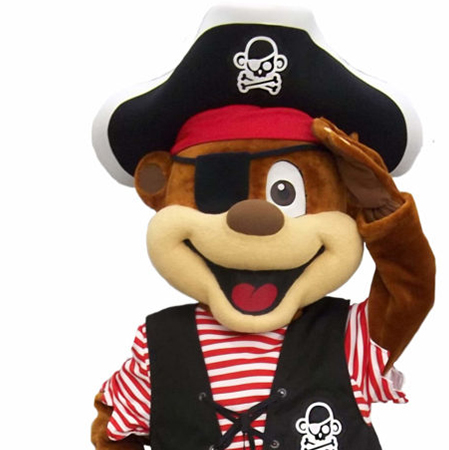Succession planning for iconic mascot roles is a crucial aspect of maintaining the legacy and brand identity of any organization. The transition of mascot costumes from one performer to another must be meticulously planned to ensure continuity, consistency, and engagement with the audience. This process involves more than just selecting a new candidate; it encompasses training, cultural immersion, and an understanding of the character’s essence.
Creating a comprehensive succession plan begins with identifying the traits and skills necessary for the next mascot performer. Prospective candidates should possess a combination of physical fitness, acting ability, and an inherent enthusiasm for embodying the mascot’s persona. Organizations often conduct extensive auditions, involving role-play scenarios and physical tests, to find the ideal candidate who can bring the iconic character to life.

Once selected, thorough training is imperative. New performers must be well-versed in the history and personality of the mascot they are set to portray. This includes learning the nuances of the character’s backstory, gestures, and even specific mannerisms that resonate with fans. Training sessions typically involve working closely with current or former mascot performers, who provide insights and tips on effectively donning the mascot costumes and interacting with the audience.
Understanding the importance of cultural fit cannot be overstated. Mascots often become symbols of the community or organization they represent. Therefore, the new mascot performer must align with the values and mission of the organization. Engaging in team activities and events helps the new performer integrate seamlessly into the existing culture, fostering a sense of belonging and authenticity in their portrayal.

Maintaining the secrecy surrounding the identity of the mascot adds an element of mystique and excitement. Therefore, organizations implement strict confidentiality protocols throughout the selection and training processes. Only a select few within the organization are privy to the details of the transition, ensuring that the magic and surprise element associated with the mascot remain intact.
In addition to individual training, creating a robust support system for the new mascot performer is vital. This includes having a mentor or a seasoned performer available for guidance during the initial performances. Regular feedback sessions help fine-tune the new performer’s skills, ensuring they continue to grow and improve in their role. Additionally, having a reliable backup performer ready at all times ensures uninterrupted appearances and maintains the high standards expected from the icon.

The transition period is critical for audience acceptance. Gradual introduction of the new mascot, possibly alongside the outgoing performer, helps ease the shift. This phased approach allows fans to adjust to the changes while still experiencing the beloved character they have come to adore. Engaging with the audience through social media and public appearances further humanizes the transition, making it a shared experience rather than a sudden change.
Evaluating the success of the new mascot performer involves continuous monitoring and feedback collection. Organizations often use metrics such as audience reaction, interaction quality, and overall performance to gauge how well the new performer has integrated into the role. Constructive feedback loops enable ongoing improvements and adaptations, ensuring that the mascot remains a vibrant and engaging symbol for years to come.

In conclusion, succession planning for iconic mascot roles demands a multifaceted approach that balances tradition, innovation, and careful execution. By investing time and resources into selecting, training, and supporting the new mascot performer, organizations can ensure a seamless transition that honors the legacy of the character while embracing the future. The enduring appeal of these beloved symbols depends heavily on the dedication and passion of those who don the mascot costumes, bringing joy and excitement to audiences around the world.
